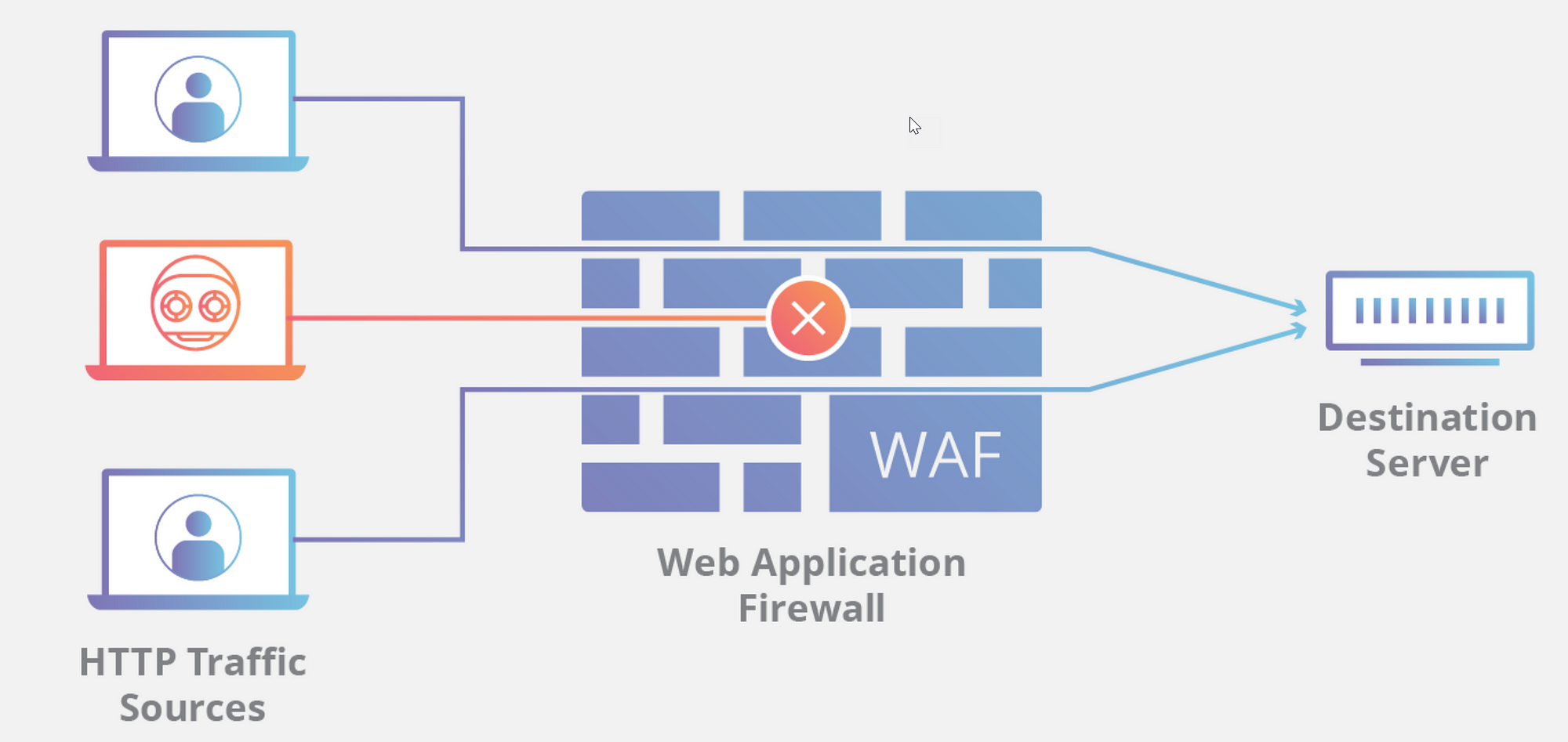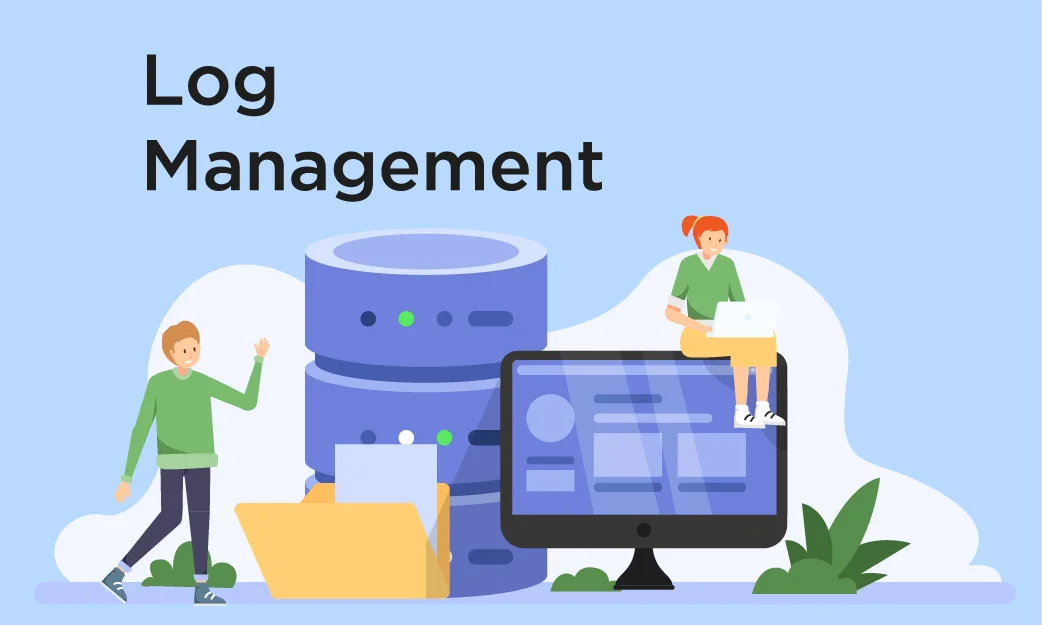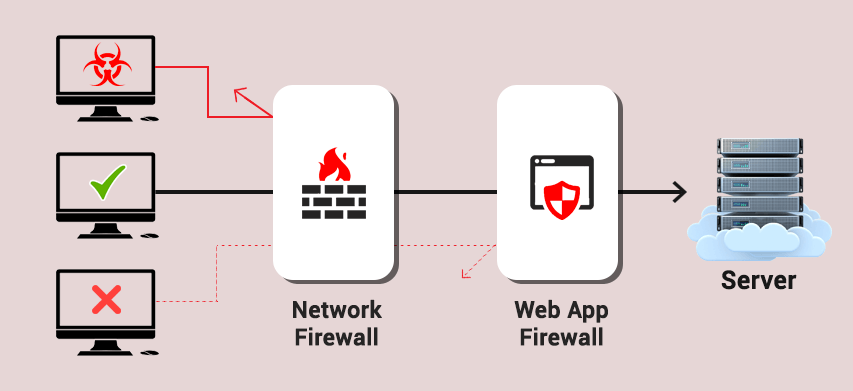Introduction
In the modern web infrastructure, both WAF (Web Application Firewall) and CDN (Content Delivery Network) play vital roles. While they serve different purposes, their integration creates a more secure and faster online experience. Let’s explore how they differ and how they can work together seamlessly.
What is a WAF?
A Web Application Firewall (WAF) is a security tool that filters, monitors, and blocks HTTP traffic to and from a web application. Its main goal is to protect websites from attacks such as SQL injection, cross-site scripting (XSS), and other OWASP Top 10 vulnerabilities.
- Primary Purpose: Web application security
- Layer: Application layer (Layer 7)
- Examples: Cloudflare WAF, AWS WAF, Imperva
What is a CDN?
A Content Delivery Network (CDN) is a system of distributed servers that deliver web content to users based on their geographic location. It enhances performance by caching static assets (like images, CSS, JavaScript) and distributing them closer to the end users.
- Primary Purpose: Improve performance and reduce latency
- Layer: Network layer (primarily Layer 4)
- Examples: Cloudflare CDN, Akamai, Amazon CloudFront
Key Differences Between WAF and CDN
| Aspect | WAF | CDN |
|---|---|---|
| Purpose | Security | Performance |
| Focus | Protects web applications | Delivers content faster |
| Operation Layer | Layer 7 (Application) | Layer 4 (Transport) / Caching layer |
| Common Features | Attack prevention, traffic inspection | Load balancing, caching, content delivery |
How WAF and CDN Work Together
While WAF protects your application from malicious traffic, CDN improves loading speed and availability. When integrated:
- CDN handles and caches static content closer to users
- WAF inspects and filters requests before they reach your server
- Combining both reduces server load and enhances both performance and security
Many services (like Cloudflare) offer built-in WAF with CDN functionality, making integration seamless and scalable.
Conclusion
WAF and CDN serve different but complementary roles. While WAF secures your application, CDN speeds up content delivery. Using both creates a well-rounded strategy for optimizing user experience and protecting digital assets. For modern web applications, combining WAF and CDN is no longer optional—it's a best practice.


